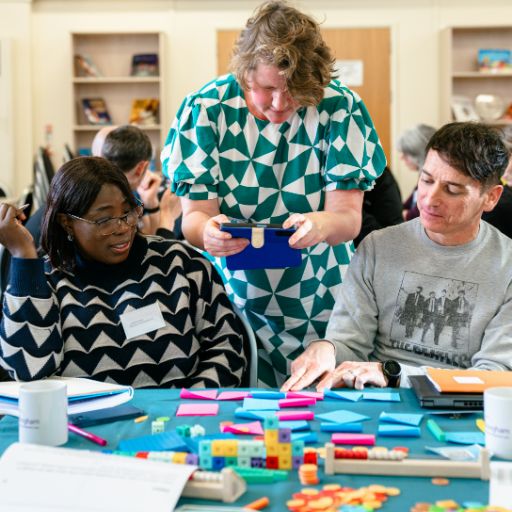A community of professionals
who learn with, develop and support colleagues across the region with a shared aim to enable the very best mathematics outcomes for pupils and students across South Yorkshire.






3. Composition of numbers: 0–5
Introduction
Apply the partitioning structure to the numbers to five, and introduce children to new concepts such as subitising, ordinality and the bar model.
Teaching points
-
Teaching point 1: Numbers can represent how many objects there are in a set; for small sets we can recognise the number of objects (subitise) instead of counting them.
-
Teaching point 2: Ordinal numbers indicate a single item or event, rather than a quantity.
-
Teaching point 3: Each of the numbers one to five can be partitioned in different ways.
-
Teaching point 4: Each of the numbers one to five can be partitioned in a systematic way.
-
Teaching point 5: Each of the numbers one to five can be partitioned into two parts; if we know one part, we can find the other part.
-
Teaching point 6: The number before a given number is one less; the number after a given number is one more.
-
Teaching point 7: Partitioning can be represented using the bar model.
